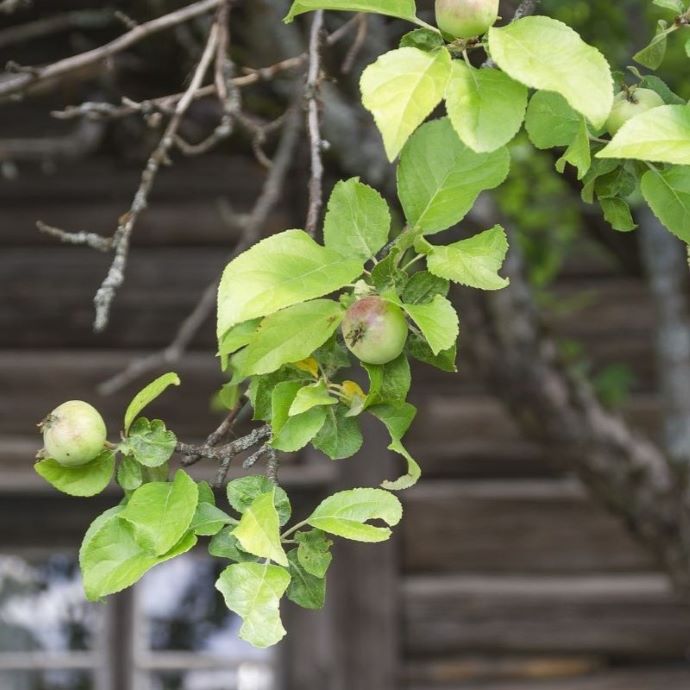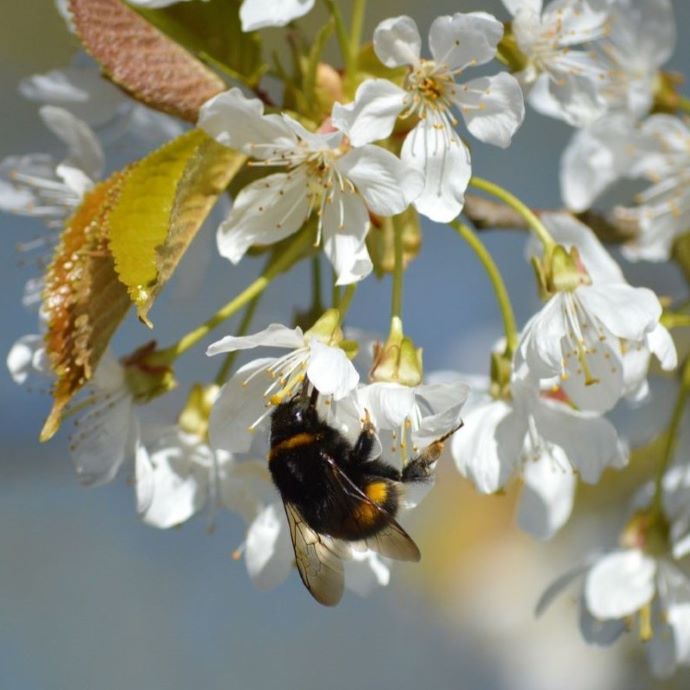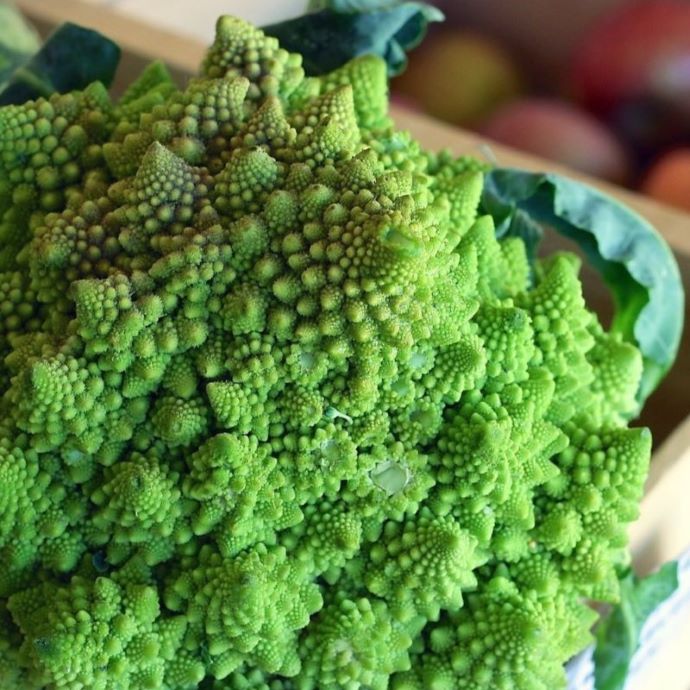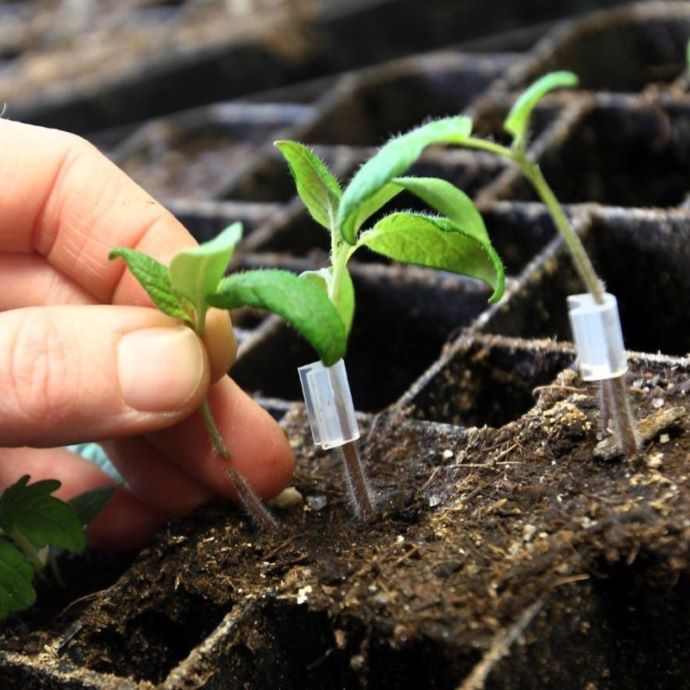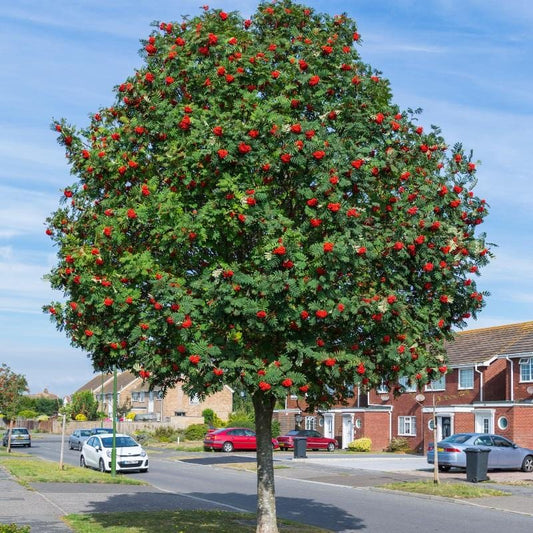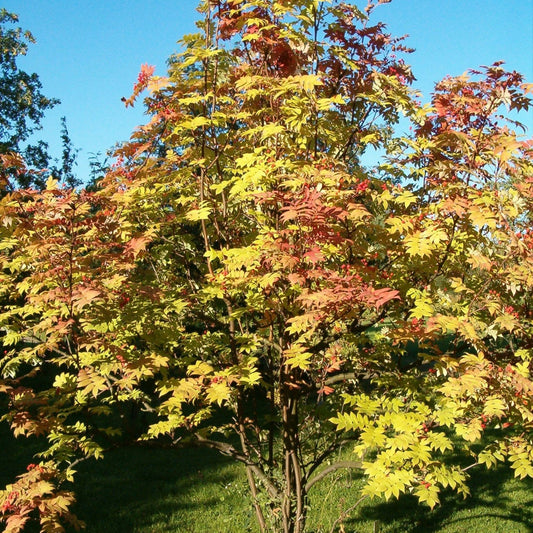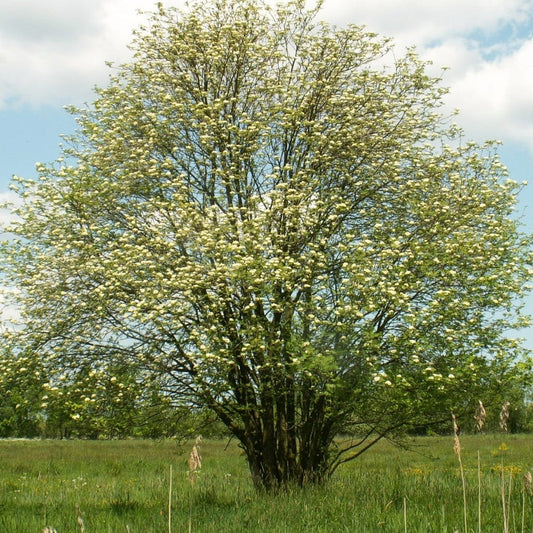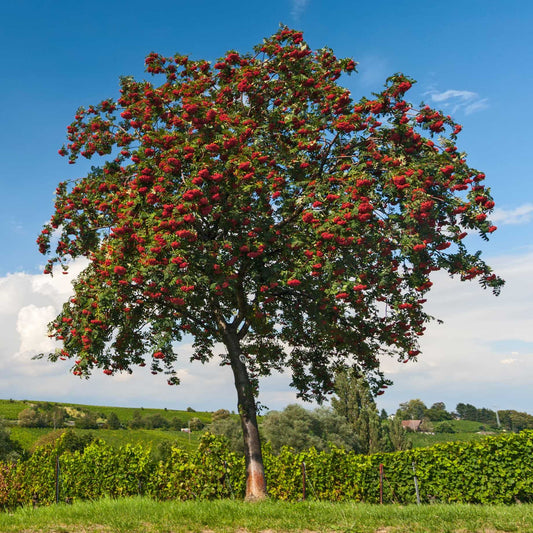Is a Rowan Tree Right for My Garden?
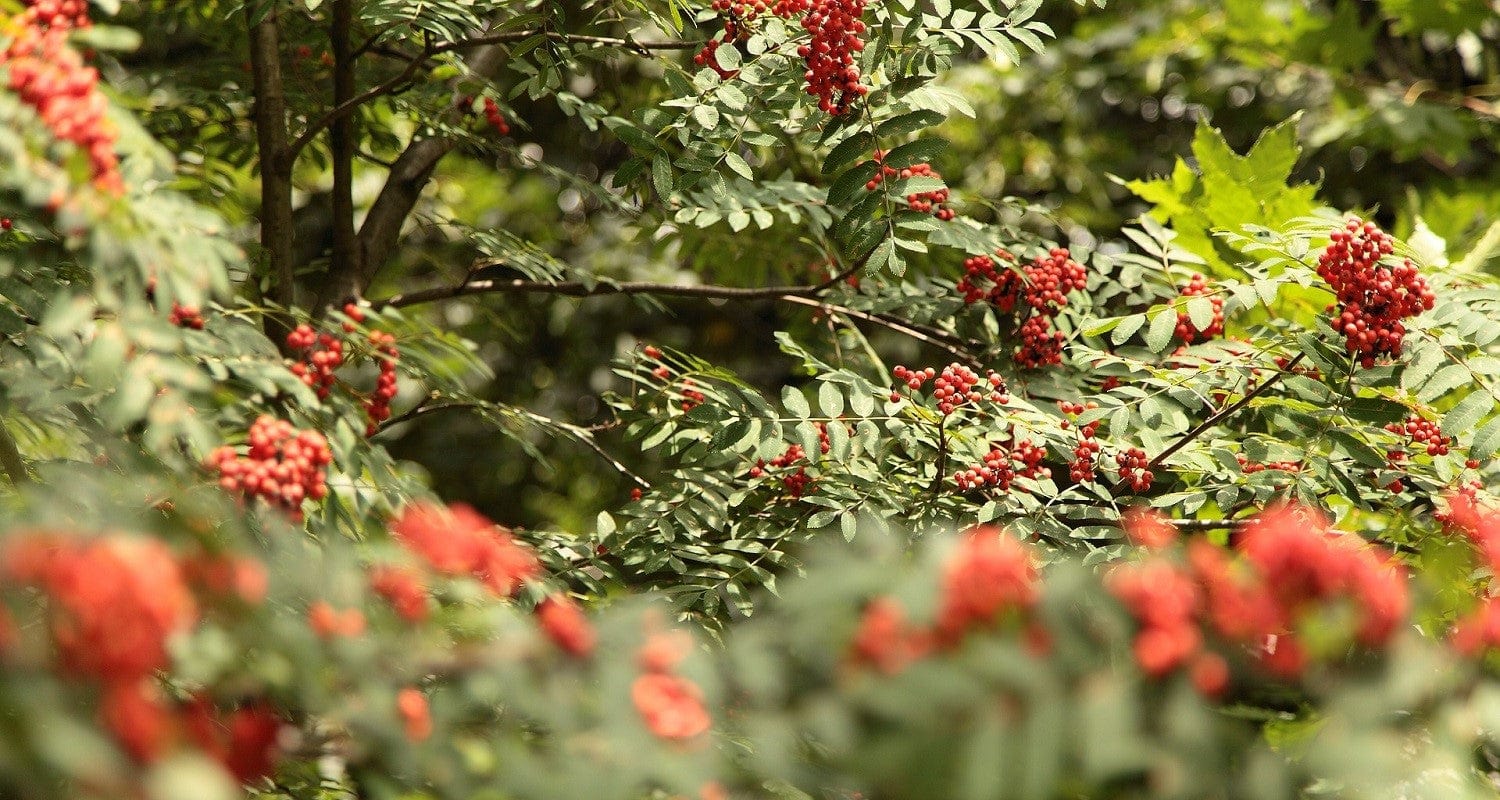
Rowan trees (Sorbus) are a wonderful native species for attracting wildlife to your garden. Second only to the English oak in terms of the species they support (and taking up much less space), they’ll transform your space into a haven for bees, butterflies and birds including blackbirds, song thrushes, fieldfares and waxwings. It’s no wonder the ancient Celts called this the Tree of Life!
They’re also easy to grow, naturally compact and hardy throughout the coldest winters. In this post, we'll detail which rowan is recommended for each situation, the ideal conditions for growing a rowan, and how to get the best from them. As a bonus, if you're particularly bothered by evil spirits, a rowan planted near your house is said to banish 99.9% of evil...
Jump to:
- What do rowan trees need?
- Best all rounder rowan
- Best specimen rowan
- Best rowan for small gardens
- Best rowan for autumn colour
- Best rowan for winter interest
- Best rowan for birds
- How to care for your rowan tree
What do rowan trees need?
Rowan trees are very undemanding; as UK-native trees that have evolved in our climate for thousands of years, we guess they’d have to be! They can be grown in any soil and although they prefer full sun, will also grow nicely enough in partial shade.
They’re fully hardy, pollution tolerant and need only minimal pruning. Although some rowans (such as mountain ash and whitebeam) can grow to around six metres, other varieties need much less space, making them a great choice with year-round interest for any wildlife lover’s garden.
What is the best all-rounder rowan?
Mountain ash rowan tree (Sorbus aucuparia)
The mountain ash has been growing in Britain since Hadrian’s wall was in the planning application stages, so it’s perfectly adapted for anything our climate can throw at it and will thrive in all soil conditions. It’s covered in lacy white clusters of blossom in the spring, the berries are a cheery bright red, the autumn foliage fiery crimson and amber and its naturally upswept and compact form gives elegant shape to the winter landscape. Of course if you’re a wildlife lover, this is an even easier decision - just ask the hundreds of native species that rely on the mountain ash for food and shelter.
What is the best rowan for a specimen tree?
Vilmorin rowan tree (Sorbus vilmorinii)
This is the one to plant if you want to show it off in your lawn or a wildlife-friendly border. Bred at the Vilmorin Arboretum in Paris, this RHS-award-winning rowan has probably the best pink berries of any variety. Starting off rose pink, they fade until they’re almost white in winter. The blossom is white and fragrant and the autumn leaves are amber and gold.
What is the best rowan for small gardens?
'Joseph Rock' rowan tree
'Joseph Rock' makes an eye-catching centrepiece for a front lawn or in a border. Widely considered one of the best small rowans, it reaches a height of just four metres in ten years. Its berries start off creamy white and turn to a warm yellow, standing out beautifully against the fiery red autumn leaves. Rowans are a long lived species - the original tree planted by Dr Joseph Rock in 1930 is still thriving in the gardens of RHS Wisley!
What is the best rowan for autumn colour?
'Embley' scarlet Japanese rowan tree (Sorbus commixta)
Award-winning ‘Embley’ is one of the best ornamental trees for autumn colour, exploding in bright oranges and reds every year, so plant it where it can be seen! It’s a good choice for attracting birds to your garden, with plenty of juicy red berries, as well as cascades of pollen-rich white blossom for the bees in spring.
What is the best rowan for winter interest?
'Pink Pagoda' Rowan Tree (Sorbus hupehensis)
'Pink Pagoda' has some of the longest lasting fruits of any rowan tree. They start off rose pink at the end of summer, gradually lightening throughout the autumn until pale pink or fully white berries adorn the elegantly shaped bare branches in winter and provide much-needed food for birds. This very ornamental, medium-sized tree is a good choice for any size of garden, growing to four to six metres, but also responding well to pruning.
What is the best rowan for birds?
Whitebeam (Sorbus aria ‘Lutescens’)
Birds love rowan berries, and their favourites are the bright orange-red ones like those of ‘Lutescens’. There’s plenty to please the humans too, as whitebeam has attractive silvery leaves that turn russet and gold in autumn as well as some of the best white blossom in spring. Like the mountain ash rowan, 'Lutescens' holds RHS Plants for Pollinators status, as well as the prestigious Award of Garden Merit.
How to care for your Rowan tree
1. Positioning your rowan
Rowan trees do best in fertile, well drained soils - they don’t thrive in clay or waterlogged soil, but any other kind is fine. You’ll get the best flowers and berries if your tree gets at least 6 hours of sunlight daily, but it will also be fine with a bit of light shade.
Rowans suck up a lot of pollution without suffering ill effects, so they’re a good pick for a streetside position. They also work well at the back of borders, as a feature tree in a lawn or even as hedging.
2. Watering your rowan
Like most trees, rowans need regular watering for their first year while they’re getting their root system established. After that you’ll only need to water every week or ten days during hot, dry weather - use one or two bucketfuls, watering at the base of the tree.
3. Feeding your rowan
Rowans in healthy, fertile soil will do fine without feeding. If your soil is on the poorer side though, a feed of general purpose granular fertiliser in the spring will help to stimulate growth - as will mixing in plenty of new compost at the planting stage. A mulch of compost or well-rotted manure once a year will also help to top up the soil’s natural nutrients.
4. Pruning your rowan
When your tree is young, you may want to prune it to improve the shape of the developing crown, removing any vertical or crossing branches. Put in this formative work in the early stages and you won’t need to prune your tree at all once it’s mature, unless you want to restrict its size. If you do need to prune, this should be done in autumn or early winter.
Last updated: 27/10/2025



